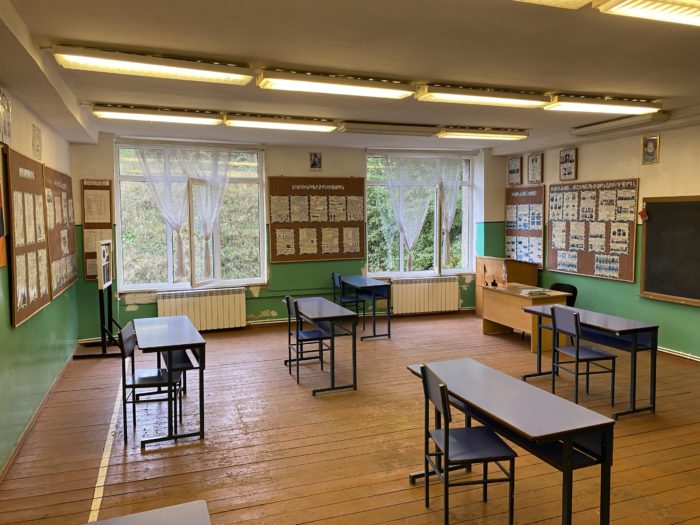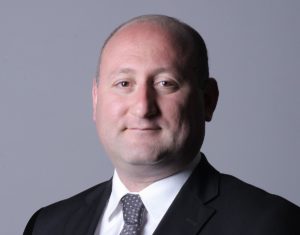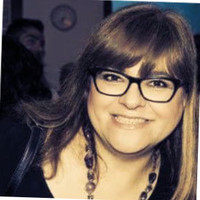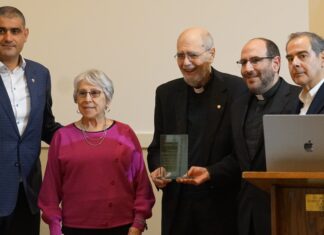By Thomas Toghramadjian
Special to the Mirror-Spectator
DEBED — In ordinary times, the start of classes at Debed Secondary School in the province of Lori means a day of celebration, with speeches, recitations, performances and songs. On Tuesday, September 15, the students who came in their best clothes for the first day of classes observed a much less familiar ceremony — standing in masks, one and a half meters apart on red lines freshly painted in the schoolyard, waiting to have their temperature taken by the school health inspector.
After closing schools nationwide in early March and weathering a serious rise in coronavirus cases over the summer, the government of Armenia has elected to resume in-person education for the 2020-2021 academic year. Education Minister Arayik Harutyunyan announced in August that schools would open on September 14, and classes for all grades would begin the following day, two weeks later than the traditional September 1 start date.
Armenia’s school reopening puts it on a course ahead of its Transcaucasian neighbors. In-person classes in Azerbaijan are set to resume only in October, while Georgia, facing its first major outbreak after successfully containing the virus for most of the year, has also postponed its scheduled reopening.
The return to school comes with a long list of precautionary measures laid out in a 19-page memo issued by the Ministry of Education. Full-time mask-wearing, temperature checks, and regular hand sanitizing are mandatory for school staff and students of all ages. No class is allowed to exceed 20 students, and every grade is to remain in a single room over the course of the day, including during breaks between lessons. The school day has been shortened to a maximum of six periods between 40 and 50 minutes long, as opposed to the usual eight. All extracurricular groups and after-hours gatherings in school buildings have been suspended. School lunches (generally provided to students up until fourth grade) have been suspended, along with the usual 15-minute afternoon break. To accommodate the shortened semester and school day, the academic week has been extended to six days. While teachers may not be required to come into school so frequently, students across Armenia will have only Sundays free until the end of the semester this December.












